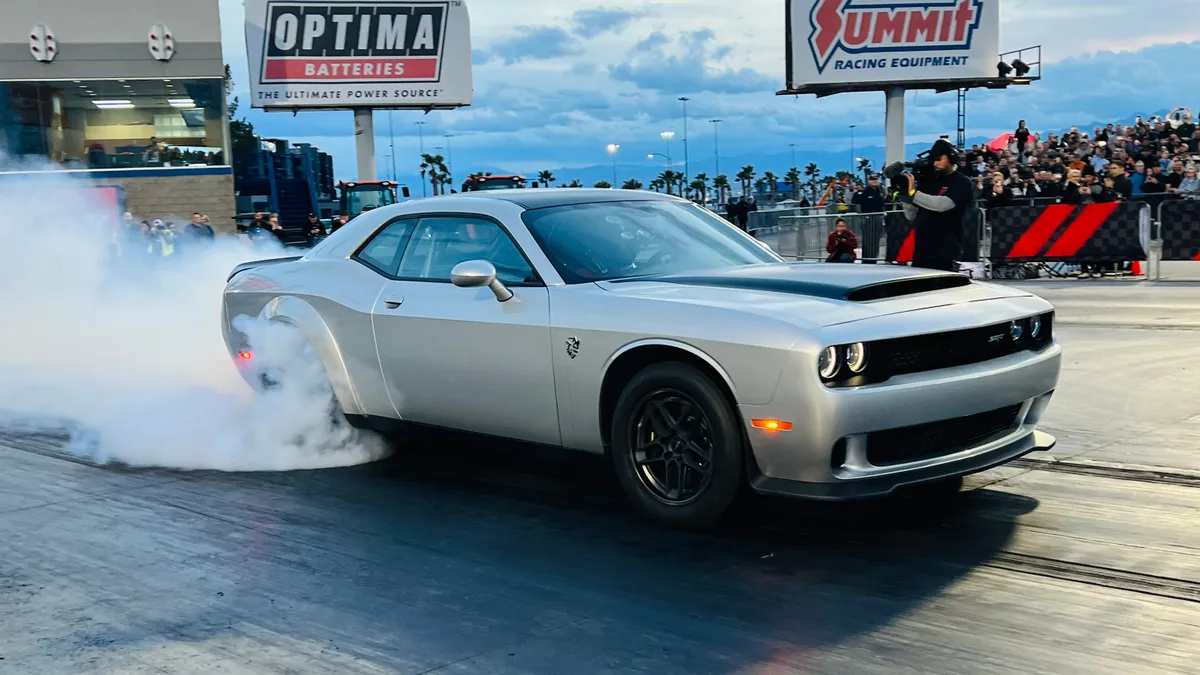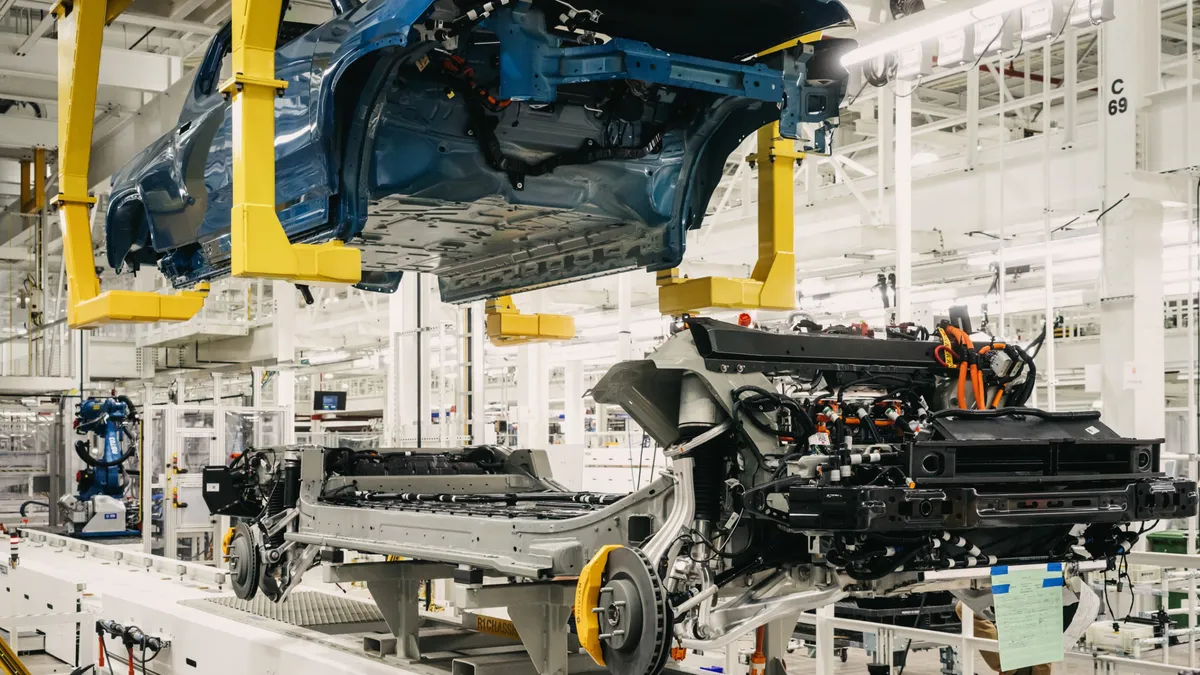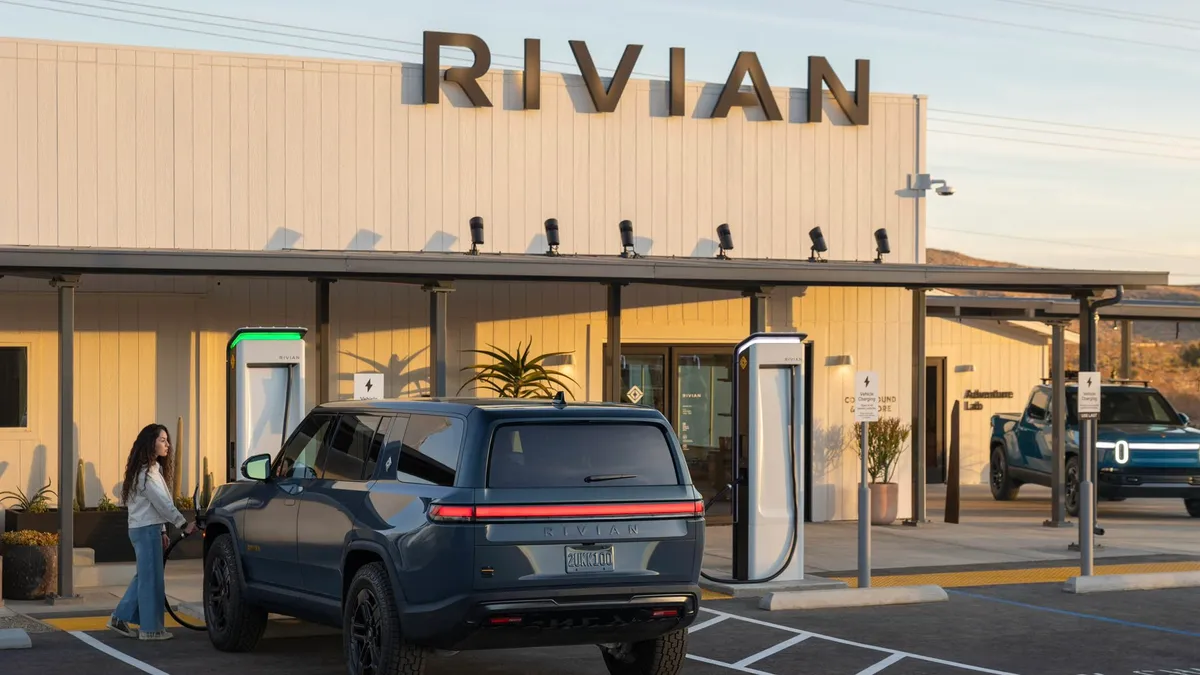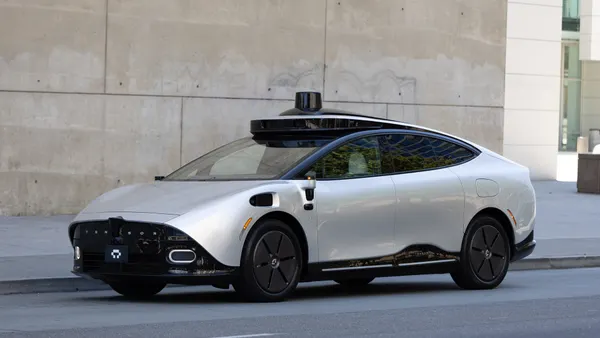Dive Brief:
- Versions of the Chevrolet Camaro, Dodge Challenger, Dodge Charger and Ford Mustang made up six of the 21 vehicles with the highest driver death rates for model year 2020, the Insurance Institute for Highway Safety said Thursday.
- In addition, three Dodge muscle cars ranked among the vehicles most likely to be involved in a crash that kills the driver of another vehicle.
- The findings suggest that muscle cars are driven more aggressively than other vehicles, leading to more deadly crashes, IIHS said.
Dive Insight:
This is the first IIHS study of the best and worst models by driver death rate that includes drivers in other vehicles. Unlike safety ratings, which evaluate the relative safety of similarly-sized vehicles under controlled conditions, driver death rates allow researchers to compare across vehicle classes and adjust for other factors that might influence fatality rates, such as driver age.
“Men are involved in more crashes than women and older drivers are more likely to be killed in a given crash than young ones,” IIHS said.
IIHS said that muscle cars are significantly more likely than luxury cars to rank among the worst performers when it comes to driver death rates, even when they have similar power. Muscle car marketing, which often references a vehicle’s power, acceleration or racing-derived technology, might be to blame for more aggressive driving behavior and higher driver death rates, IIHS said.
“The muscle cars on this list highlight that a vehicle’s image and how it is marketed can also contribute to crash risk,” IIHS President David Harkey said in a statement.
Many automakers have taken the lessons learned from muscle car marketing to sell high-performance electric vehicles, such as the Tesla Model S Plaid and Ford Mustang Mach-E, to consumers. That’s led to newfound concerns over “excessive acceleration,” which can increase the risk and severity of motor vehicle crashes.
Eight of the 21 vehicles with the highest driver death rates for model year 2020 are small cars or minicars, including the Hyundai Accent and Chevrolet Spark.
“We typically find that smaller vehicles have high driver death rates because they don’t provide as much protection, especially in crashes with larger, heavier SUVs and pickups,” Harkey said.
Moreover, 11 of the 20 vehicles most likely to kill the driver of another vehicle were large and very large pickups or midsize SUVs, including the Ford F-250 and Jeep Grand Cherokee.
Those categories “aren’t represented among the models with the worst track record for protecting their own drivers,” IIHS said.
IIHS used fatality data from the federal Fatality Analysis Reporting System and registration data from IHS Markit for its analysis. The study only accounted for driver death rates because all vehicles have drivers, but the number of passengers may vary considerably.














